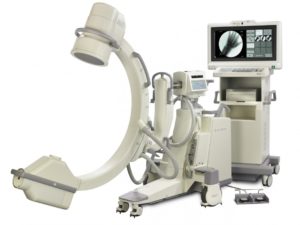
Knee Replacement Patients Are Getting Younger. What Does This Mean for Your Outpatient Surgery Center?
Categories: blog
85 percent of knee replacements last 20 years. When the average knee replacement patient was over 70 years old, this fact certainly mattered, but it matters much more now that knee replacement surgeries have jumped 188 percent among 45 to 64- year olds. *
Younger patients are more likely to need revision surgery. There are at least two reasons for this; the first is the aforementioned expected life of knee replacement components and the second is a relatively high rate of joint infections. The prevalence of joint infections is thought to be attributable in part to patient lifestyle choices: the same factors that can lead to one needing a knee replacement early in life (smoking, diabetes, obesity, poor nutrition) also increase the risk of infection.
Challenging the Assumptions Around Younger Knee Replacement Patients
“People assume that most knee replacement patients are young, active baby boomers who have damaged their knees through sports and other activities,” said Dr. David Ayers, in a report for Arthritis.org “But when we look at the representative set of patients age 45 to 64, they aren’t like that.”
There are a number of procedures that fall into the category of revision surgery. These procedures range from relatively minor procedures to replace worn out knee replacement components to a total replacement of the first knee replacement, a complex procedure that requires great surgical skill.
Knowing this, many health care providers are encouraging patients to address the life style choices that can impact how much time goes by before a revision surgery is required. In the best-case scenario, patients may not require any more surgical interventions. However, for the patients who do not experience the best-case scenario, outpatient surgery centers need to be prepared for increased numbers of revision surgeries.
C-Arms for Knee Replacement or Revision Surgeries
Knee replacement and revision surgeries are often image-guided procedures. For many hospitals, ambulatory surgery centers, and outpatient clinics, the diagnostic imaging equipment of choice for knee replacement surgery is the c-arm. Orthopedic c-arms offer the superior image quality and detail surgeons require to do their work.
C-arms are available from a number of top manufacturers, and come in a number of configurations, and choosing the one that will suit your practice’s needs best can be challenging. For best results, and to save a significant amount of money, you’ll want to work with an experienced refurbished diagnostic imaging equipment vendor who can guide you to the best C-arm for your situation.

